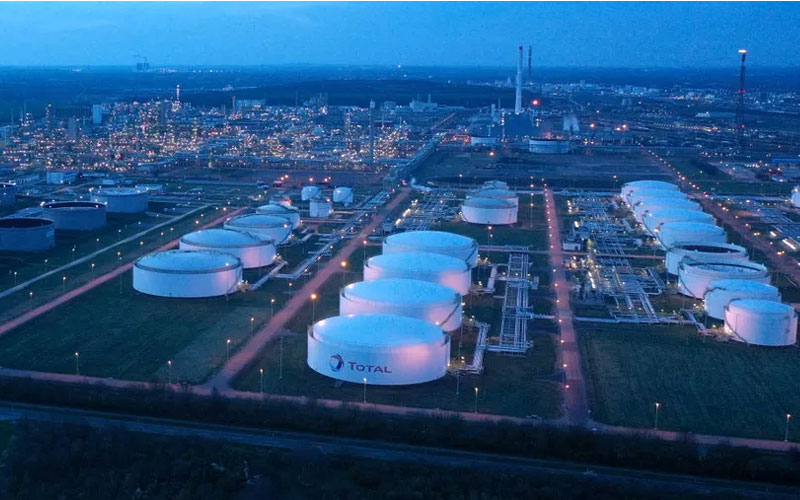Northeast China
Daqing Oilfield:
Located in the west of Heilongjiang Province, in the middle of Songnen Plain, is located in Harbin, Qiqihar City. The field is 140 kilometers long from north to south and 70 kilometers wide from east to west, with a total area of 5,470 square kilometers. In March 1960, the CPC Central Committee approved the launch of the Petroleum war. In 1963, the oil production capacity of 6 million tons was formed. In that year, the oil production capacity of 4.39 million tons played a decisive role in realizing China’s oil self-sufficiency. In 1976, oil production exceeded 50 million tons and became the largest oil field in China. Daqing Oilfield uses new processes and technologies to keep oil production above 40 million tons.
By December 31, 2017, Daqing Oilfield had produced 39,520,279 tons of crude oil, including 34,0279 tons of domestic output, 5.52 million tons of overseas equity output, and 4,01321 billion cubic meters of natural gas. The annual oil and gas equivalent reached 42,718,056 tons. The Outline for Revitalization and Development of Daqing Oilfield proposes to maintain oil and gas production equivalent of over 40 million tons by 2019 and 45 million tons by 2030.
Shengli Oilfield:
Located in the Yellow River Delta region of the Bohai Sea in the north of Shandong Province, it is mainly distributed in 28 counties (districts) in 8 cities such as Dongying, Binzhou, Dezhou, Jinan, Weifang, Zibo, Liaocheng and Yantai. [2] By the end of 2017, Shengli Oilfield had proved reserves of 5.387 billion tons of petroleum, 267.61 billion cubic meters of natural gas and 1.087 billion tons of crude oil.
LAETUS LLS570-05 | Laser scanner
 中文版
中文版




